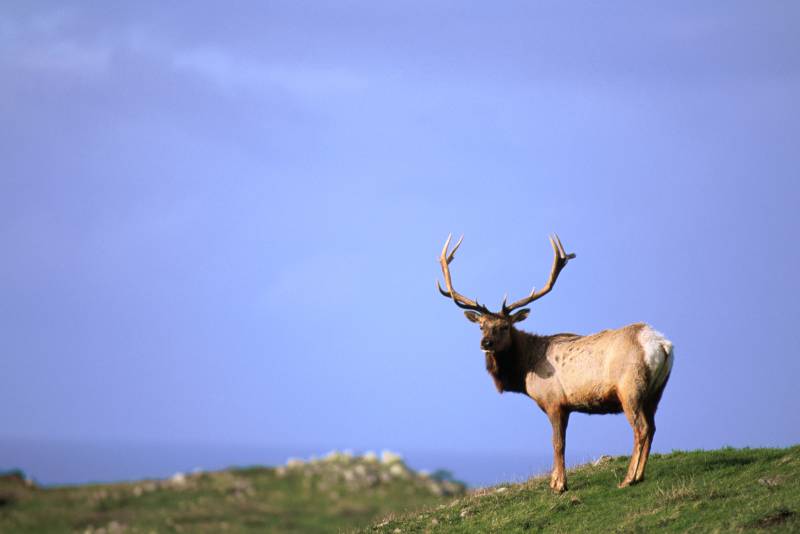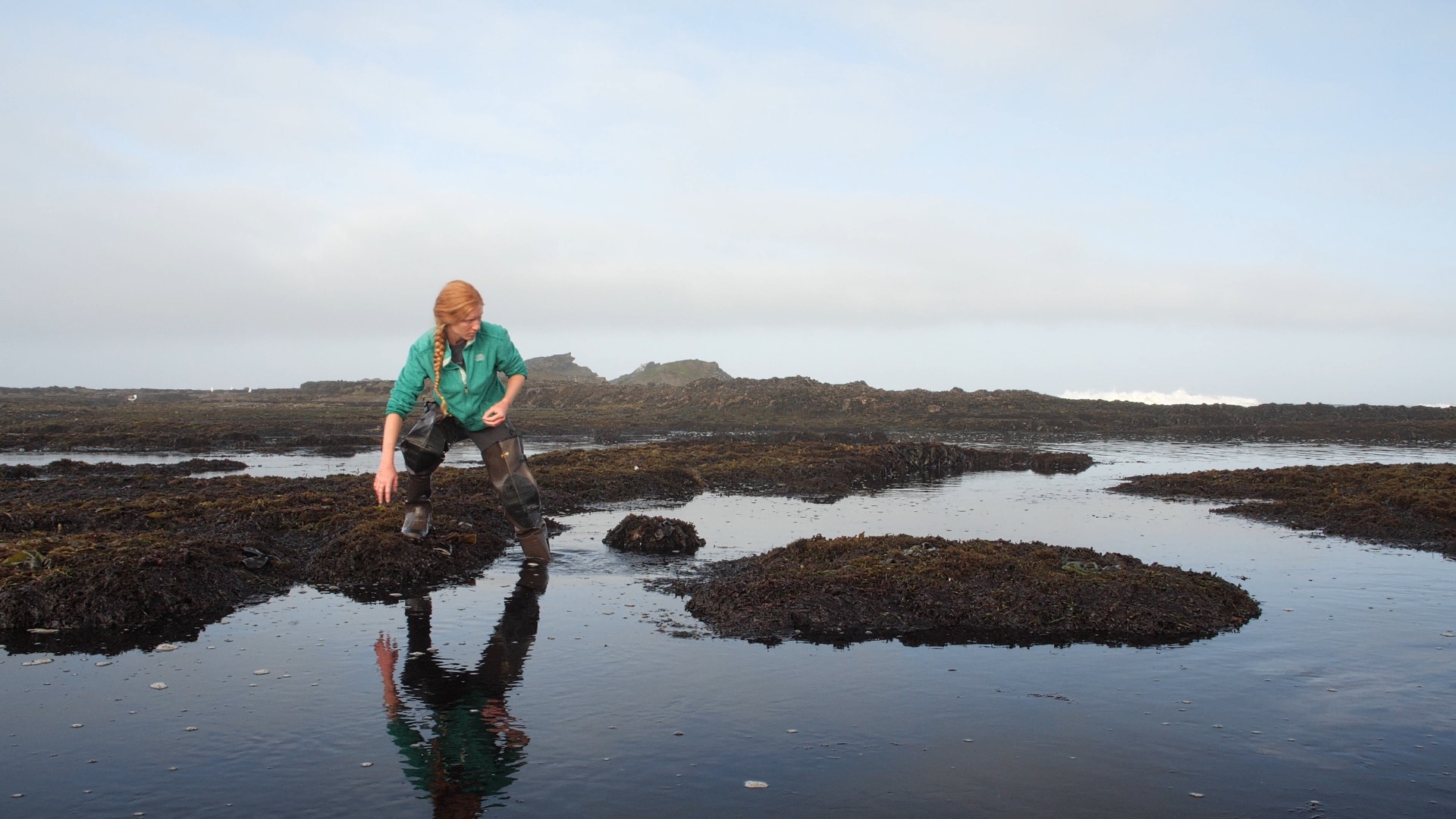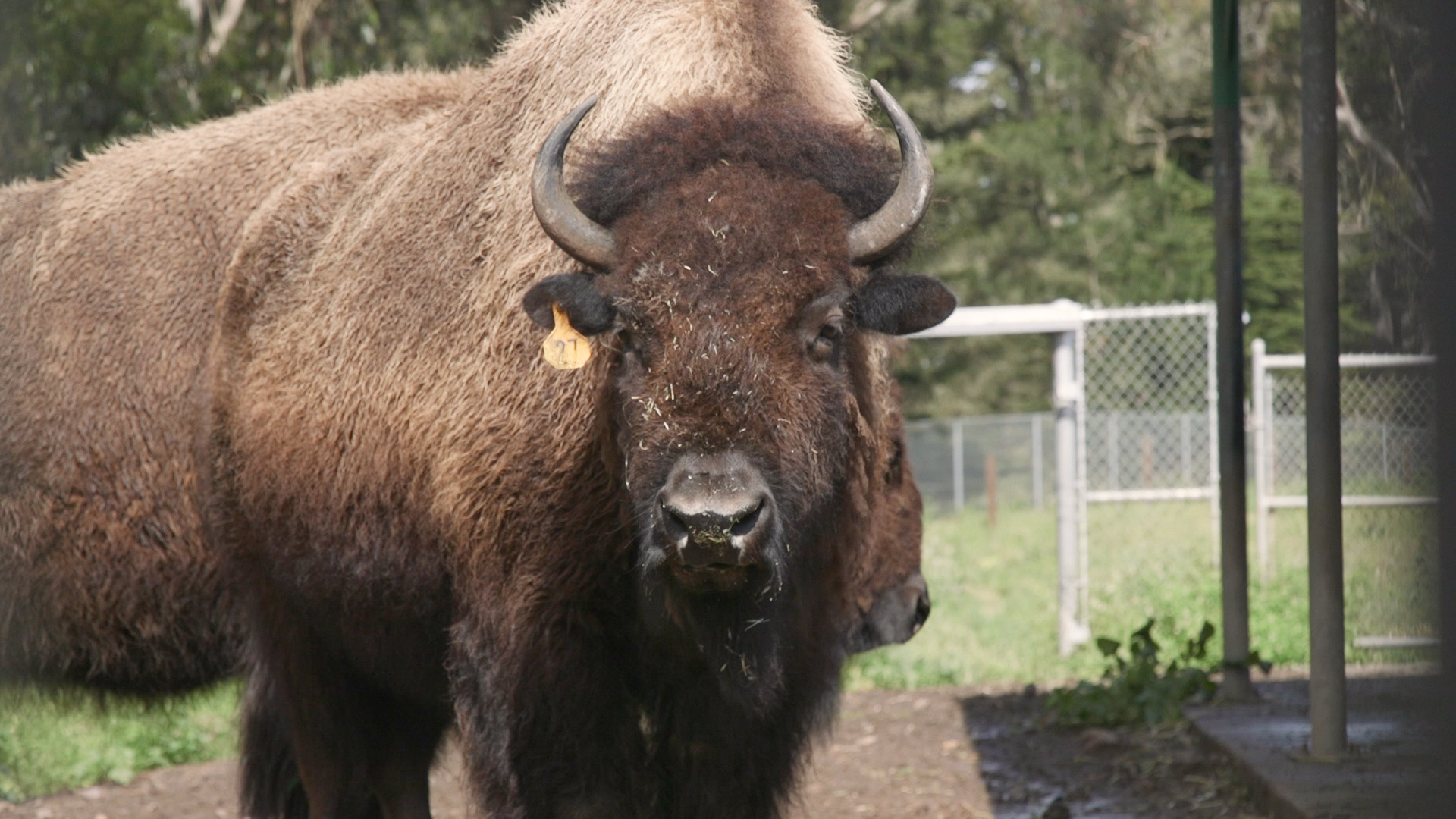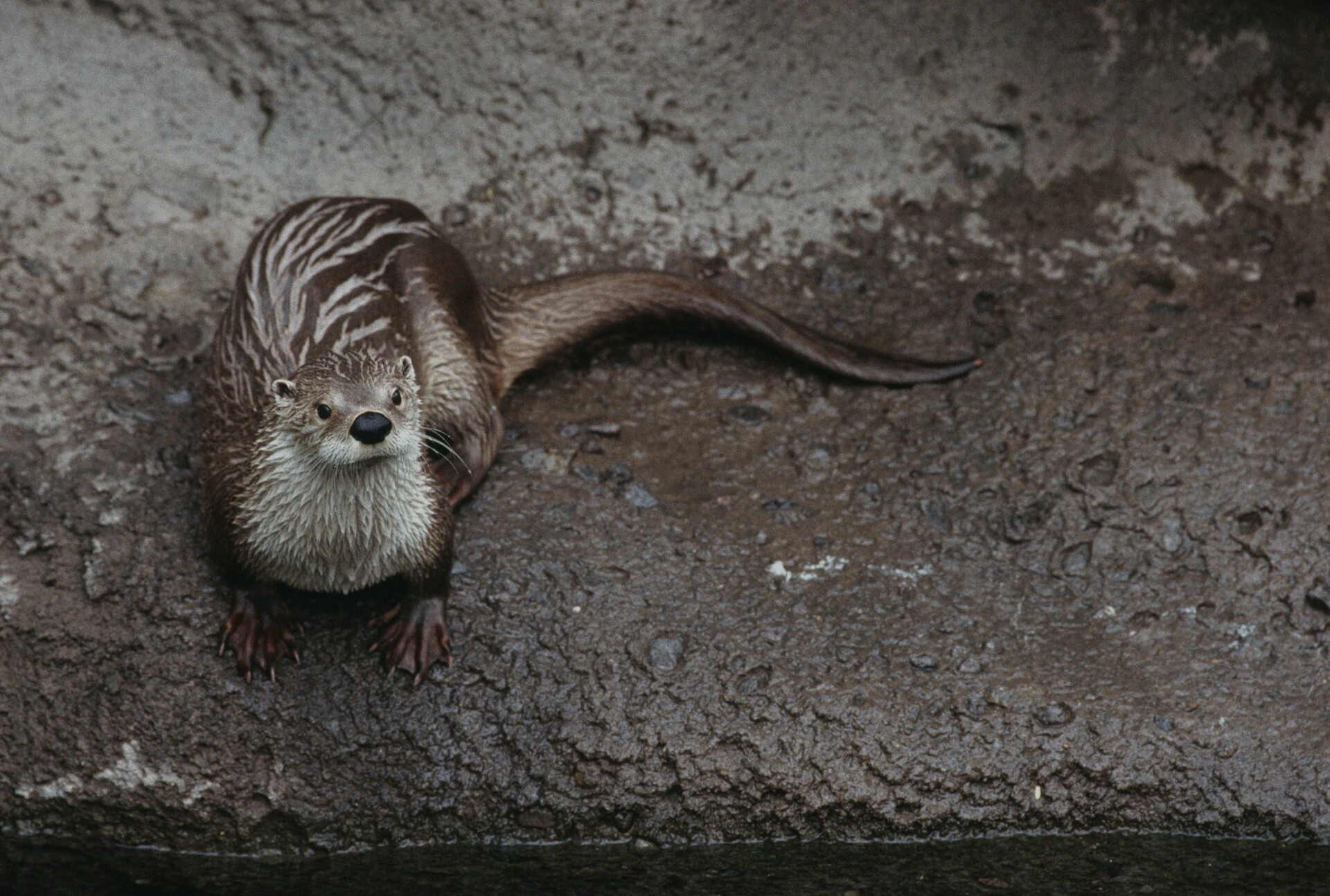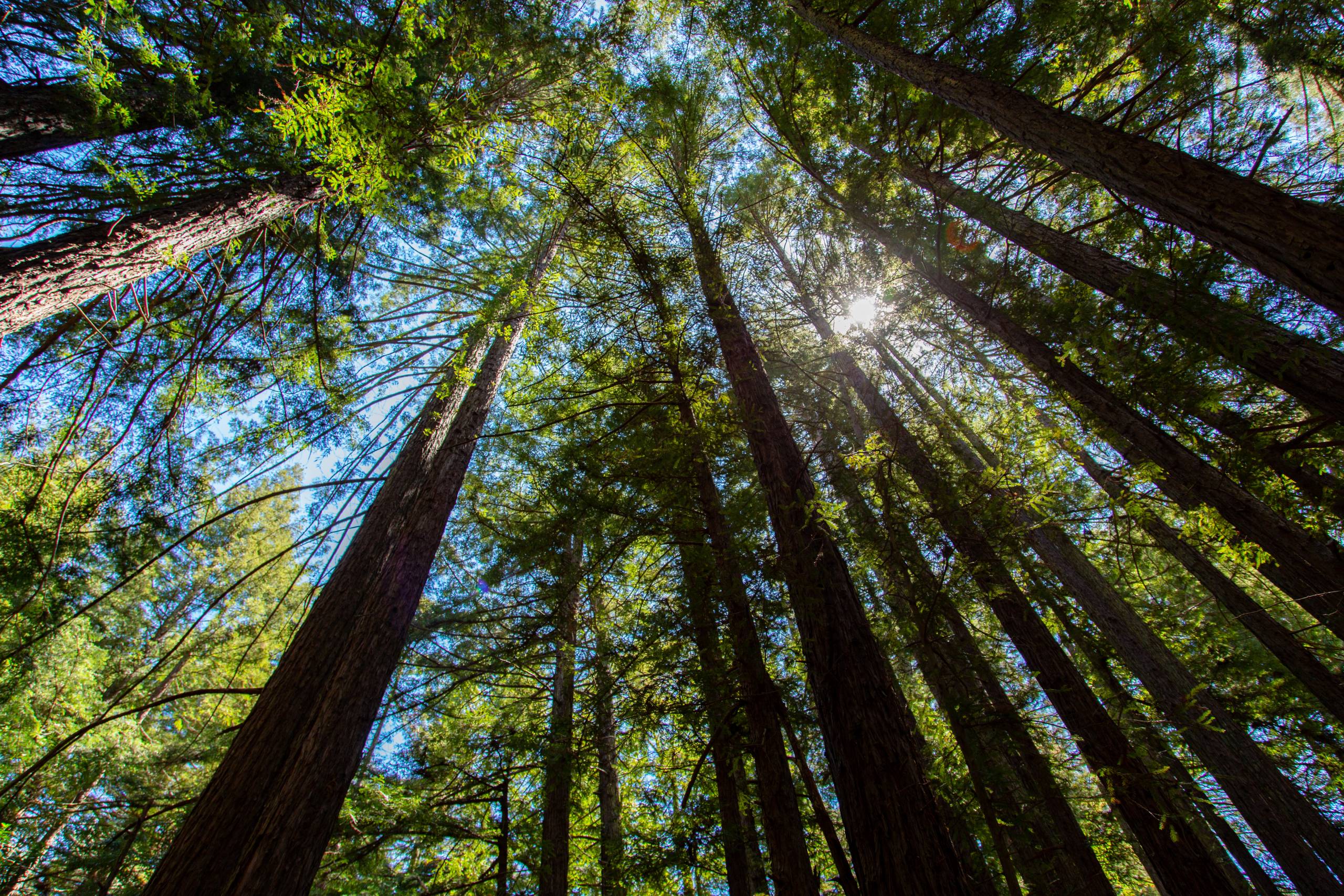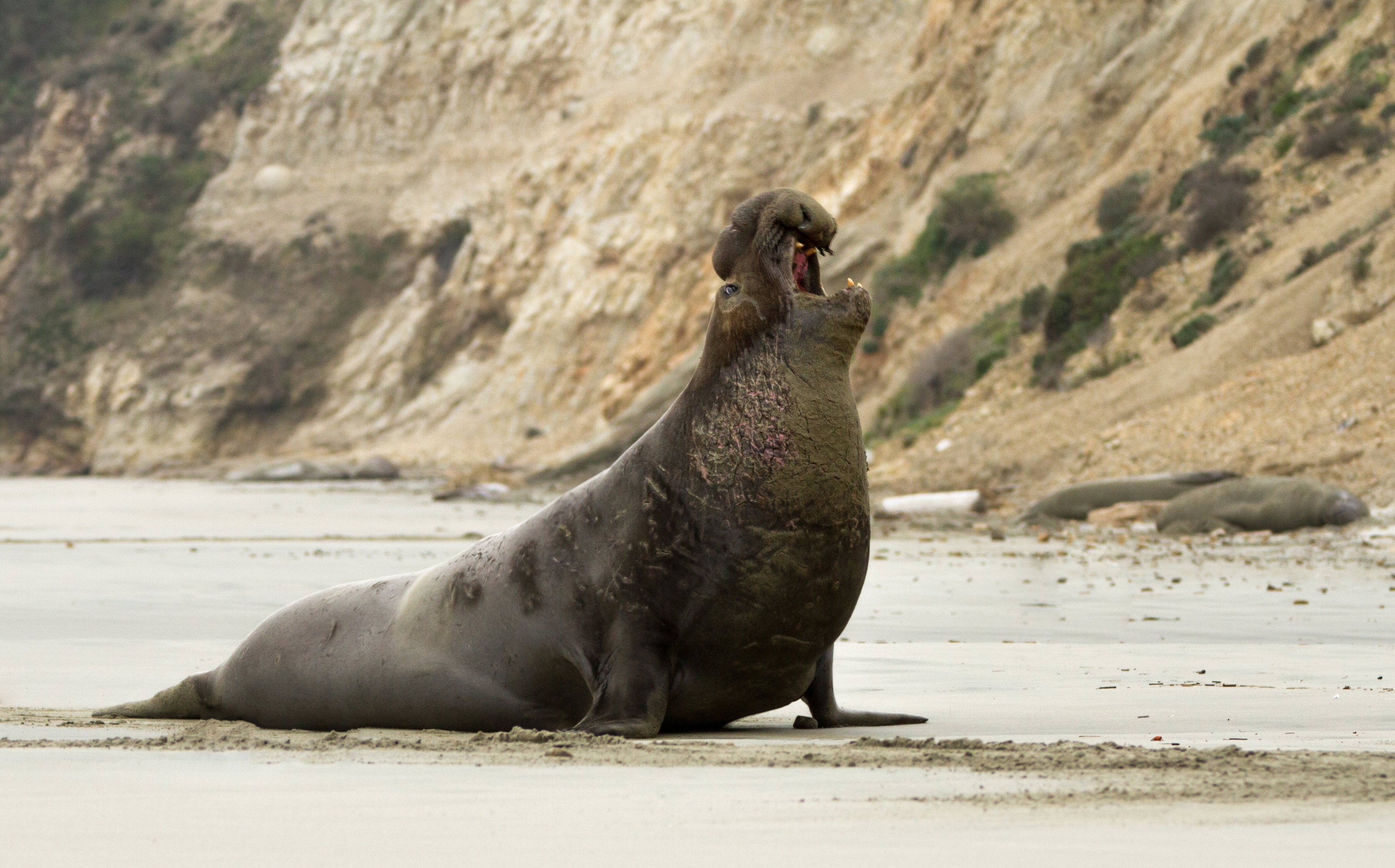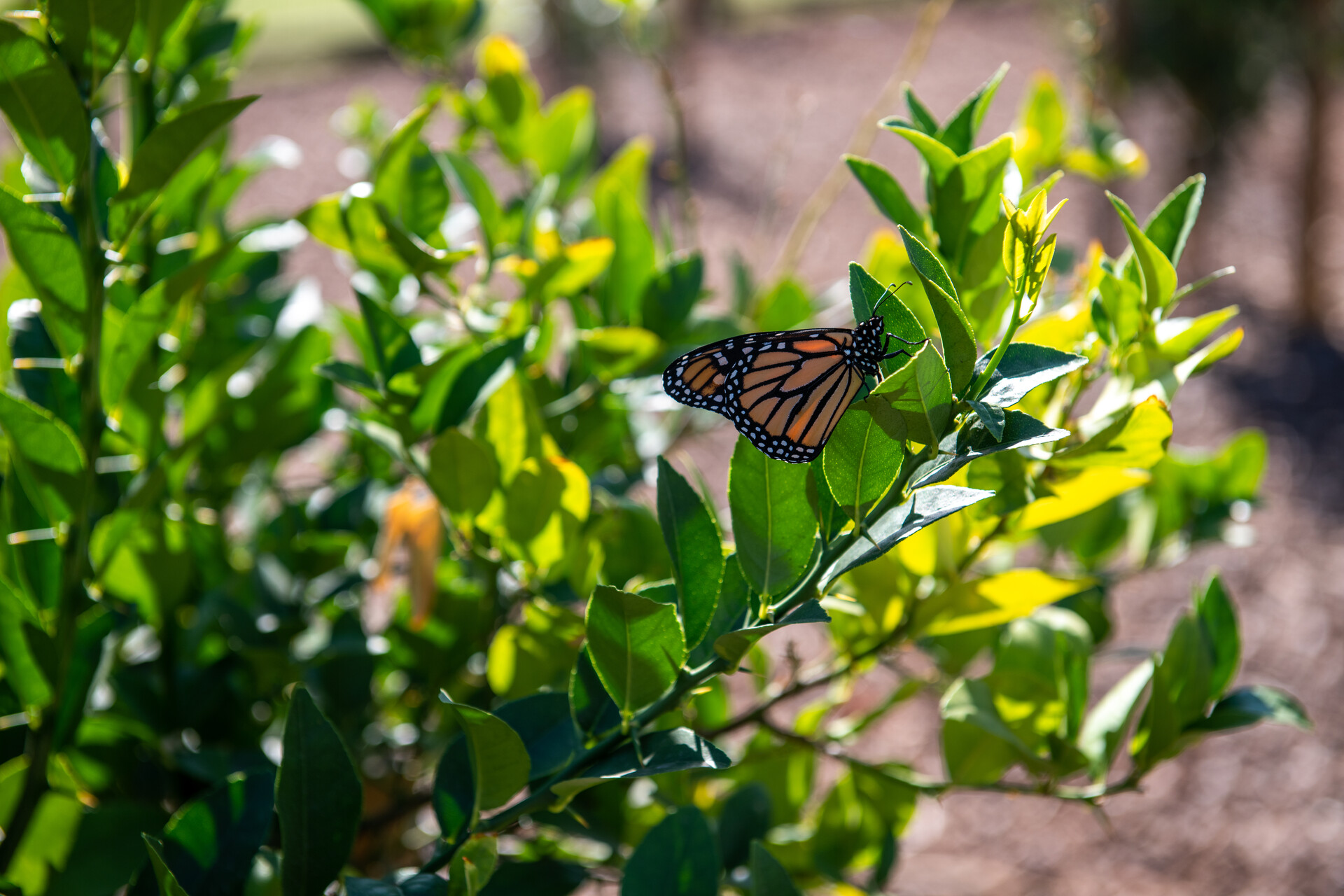From coyotes to monarch butterflies and river otters to banana slugs, the Bay Area — and California more widely — offers an incredible array of wildlife and biodiversity on our front doorstep.
And if you have loved ones visiting for the holiday season, it’s a great time to get outdoors on a hike to see the many species of slimy, furry, majestic animals California has to offer.
Jump straight to:
- Wildlife hikes in San Francisco
- Wildlife hikes in East Bay
- Wildlife hikes in North Bay
- Wildlife hikes in South Bay and the Peninsula
California is home to over 30,000 species of plants and animals — and over half of them are in the Bay Area alone. The state is a hotspot for biodiversity thanks to its Mediterranean climate, our huge degree of latitudes and the wide range of habitats for plants and animals. With our soaring mountains and low-valley deserts, we also have the greatest range of elevation of any state.
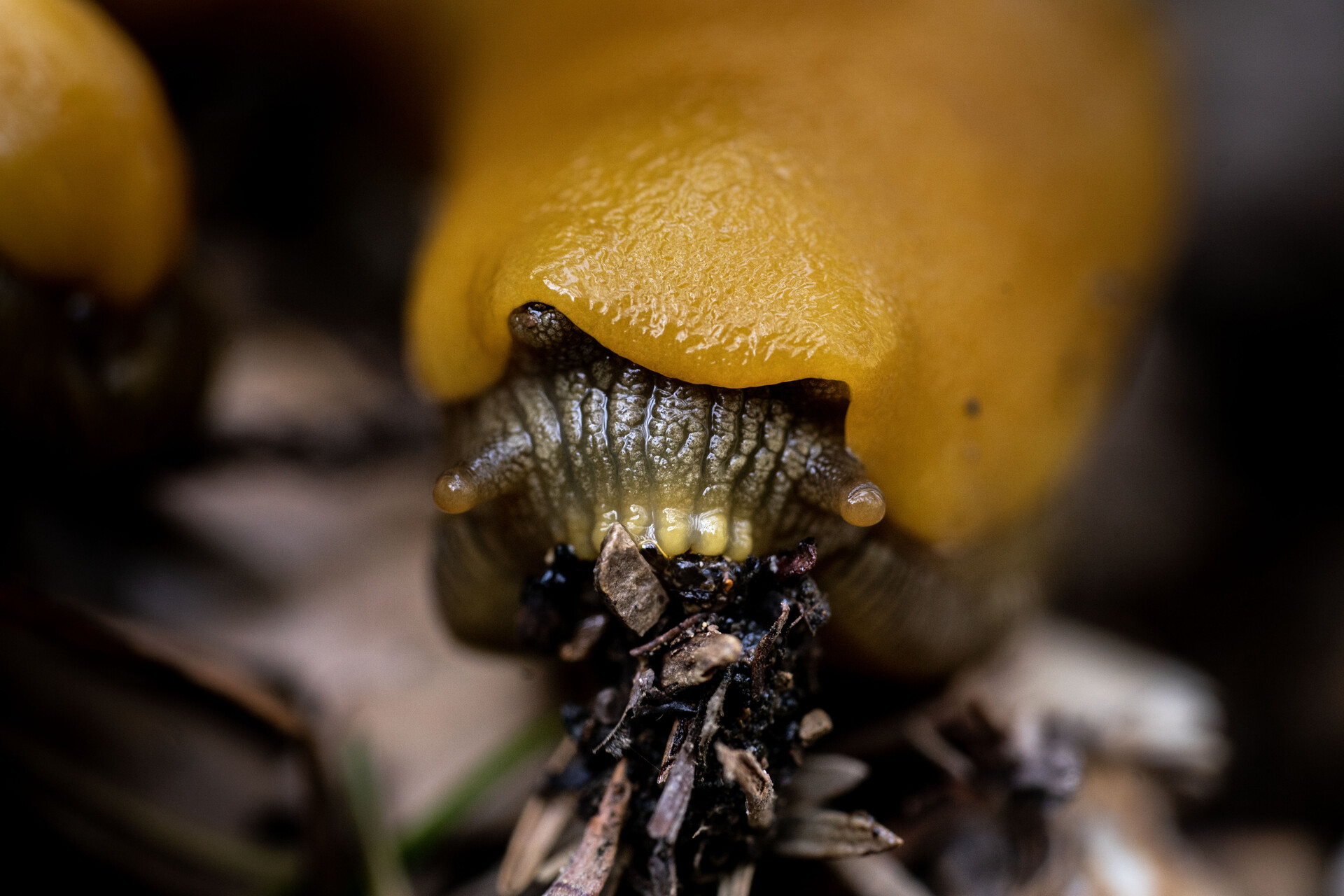
“Those latitudinal gradients also create all these different climates for different plants and animals to live in as well,” said Alison Young, co-director of the Center for Biodiversity and Community Science at the California Academy of Sciences.
